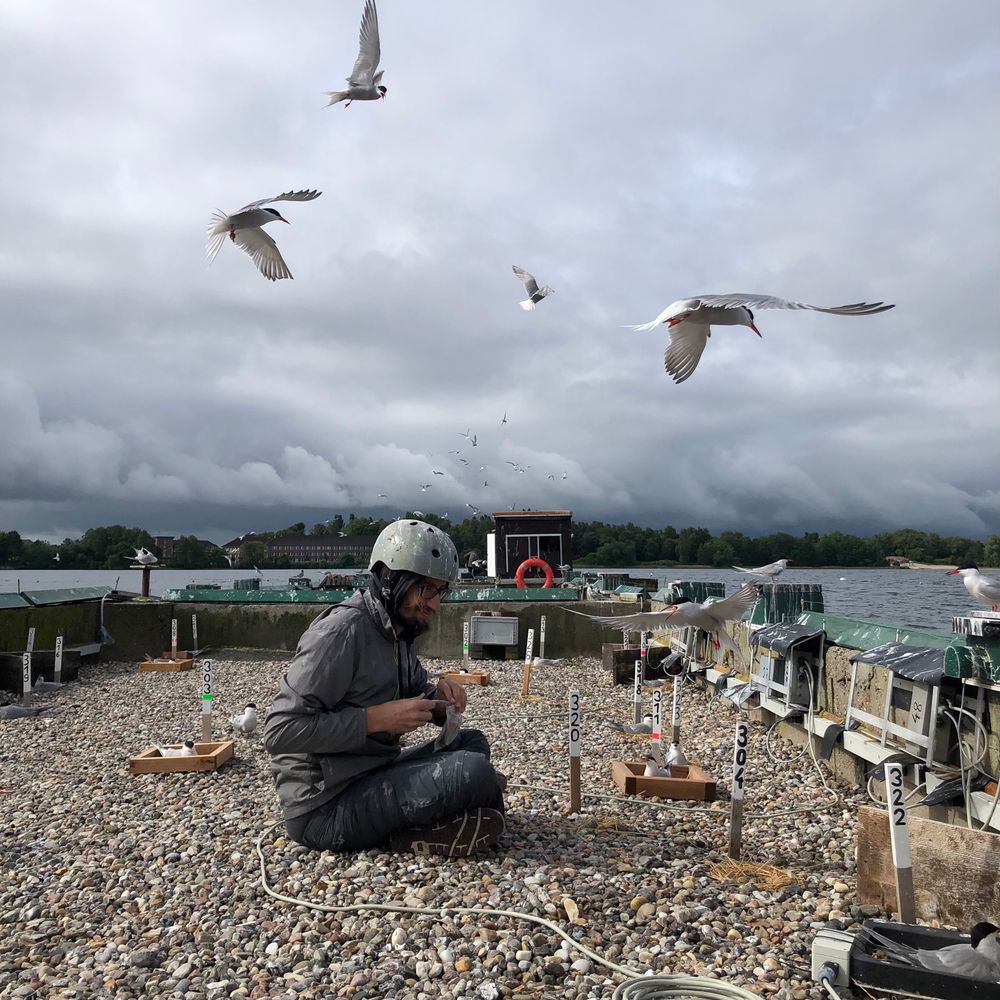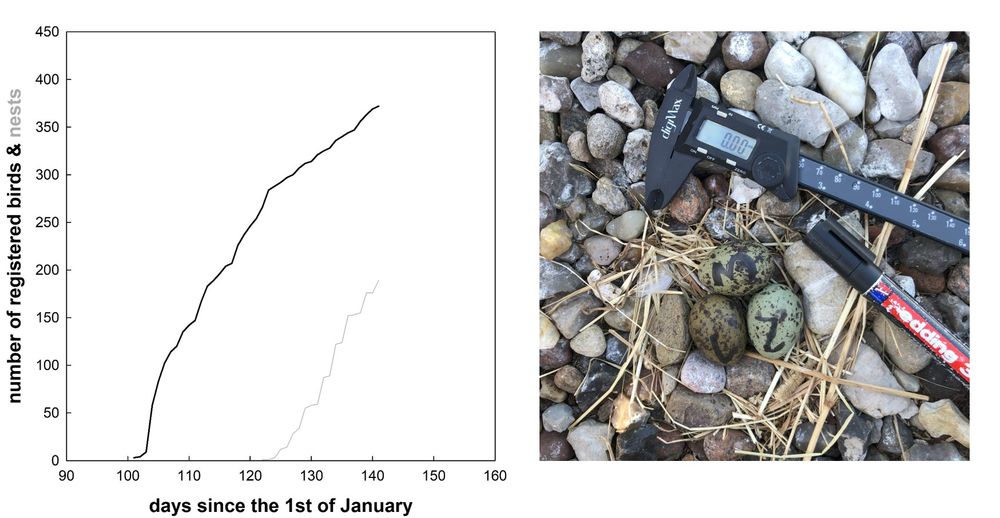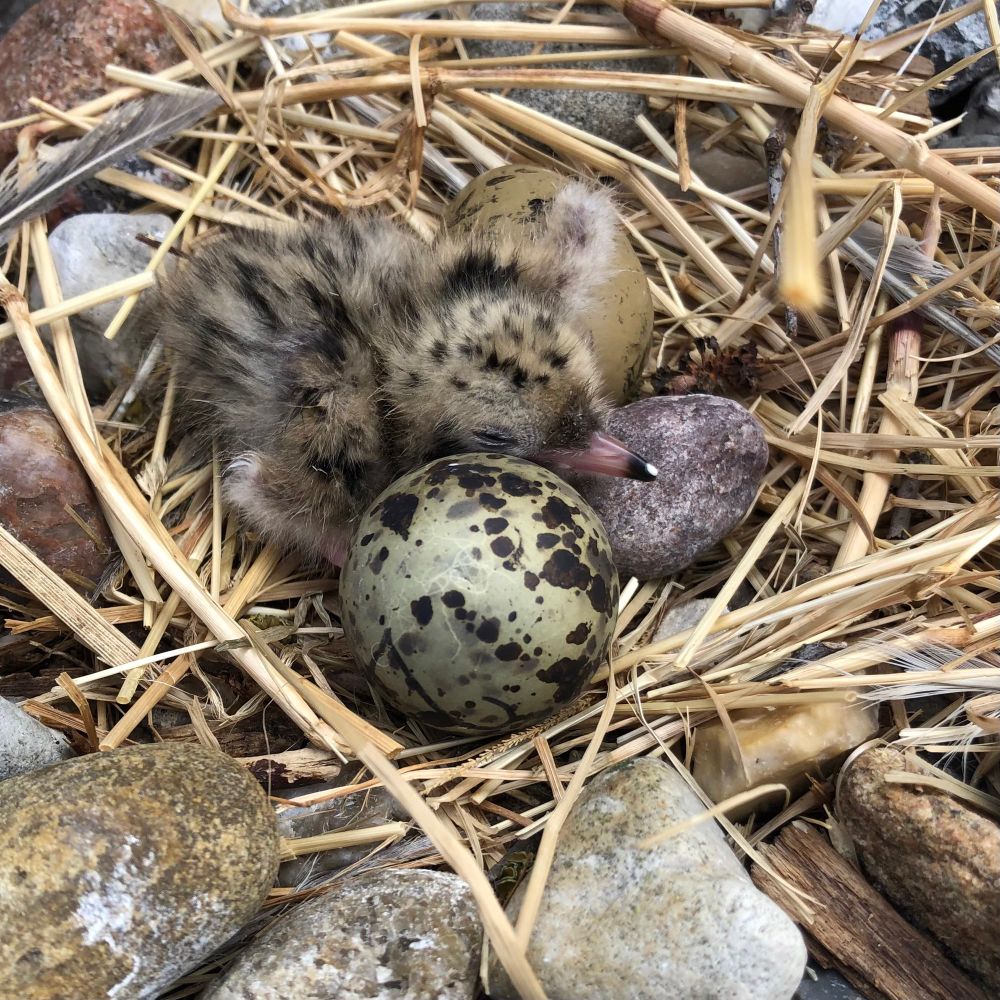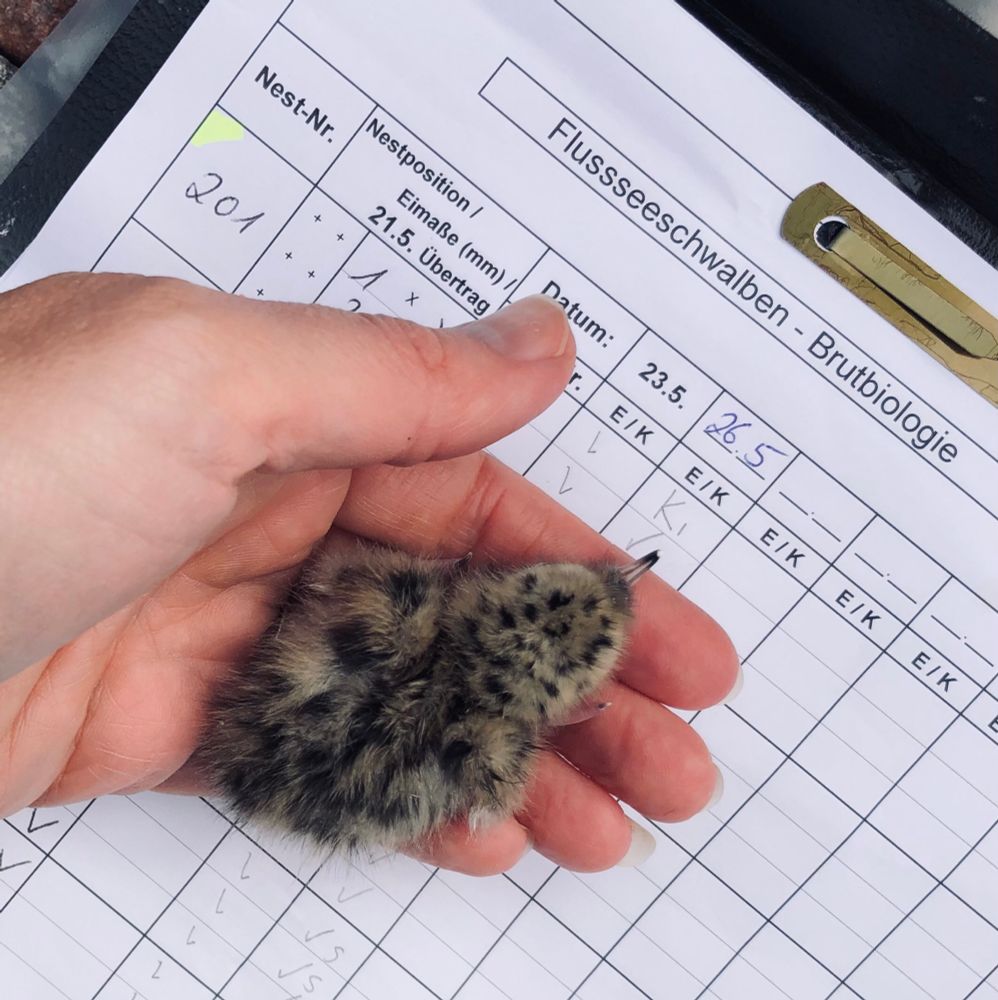Postdoc @ifv-whv.bsky.social
onlinelibrary.wiley.com/doi/10.1002/...
@commonternproject.bsky.social
@ifv-whv.bsky.social
@ecophycebc.bsky.social
@univ-larochelle.fr

onlinelibrary.wiley.com/doi/10.1002/...
@commonternproject.bsky.social
@ifv-whv.bsky.social
@ecophycebc.bsky.social
@univ-larochelle.fr
Join us + @themanybirds.bsky.social to investigate innovation & problem-solving in birds.
📅 Start: as early as Jan 2026
🌍 Funded through UGent’s international mobility scheme
More info & how to apply ↓
www.ugent.be/en/work/scie...

Join us + @themanybirds.bsky.social to investigate innovation & problem-solving in birds.
📅 Start: as early as Jan 2026
🌍 Funded through UGent’s international mobility scheme
More info & how to apply ↓
www.ugent.be/en/work/scie...


🎓 Interactions between contaminants and parasites in common terns
📅 Apply by 12/12/2025 at euraxess.ec.europa.eu/jobs/380142
#seabirds #ecotoxicology
@univ-larochelle.fr @commonternproject.bsky.social

🎓 Interactions between contaminants and parasites in common terns
📅 Apply by 12/12/2025 at euraxess.ec.europa.eu/jobs/380142
#seabirds #ecotoxicology
@univ-larochelle.fr @commonternproject.bsky.social
The work will focus on the question of how and when migratory songbirds learn where their home is using #Motus.
Part of the Cluster of Excellence NaviSense and linked with @sfb1372.bsky.social
uol.de/job788en
#ornithology

The work will focus on the question of how and when migratory songbirds learn where their home is using #Motus.
Part of the Cluster of Excellence NaviSense and linked with @sfb1372.bsky.social
uol.de/job788en
#ornithology
Concentrations of #traceelements in seals were linked to #diet which were influenced by #environmental and #climate indices.
www.sciencedirect.com/science/arti...

Concentrations of #traceelements in seals were linked to #diet which were influenced by #environmental and #climate indices.
www.sciencedirect.com/science/arti...
@ecobird.bsky.social
journals.plos.org/plosone/arti...

@ecobird.bsky.social
journals.plos.org/plosone/arti...



#seabirds #ornithology

#seabirds #ornithology
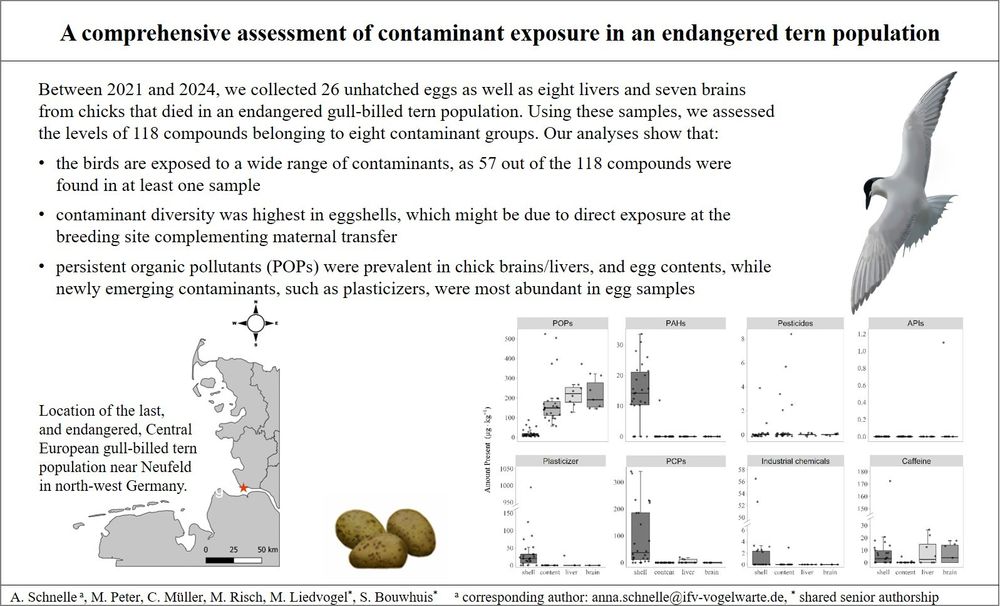
Why I don’t want to talk about my neurodivergence
bou.org.uk/blog-dunn...
#ornithology 🪶
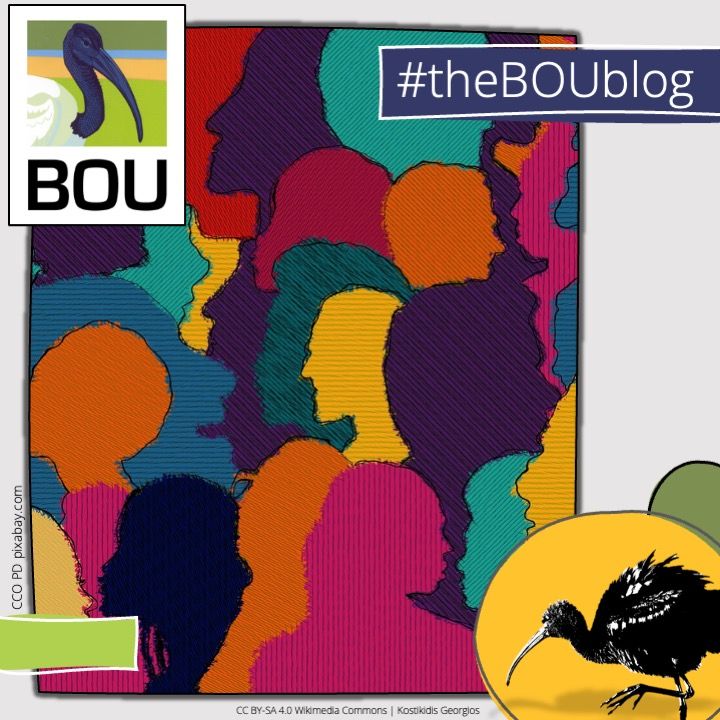
Why I don’t want to talk about my neurodivergence
bou.org.uk/blog-dunn...
#ornithology 🪶
Join us in deploying cameras this Sept-Oct. Help build a crucial snapshot of European biodiversity. Learn more & express interest here ▶️ app.wildlifeinsights.org/initiatives/...
Spread the word and help expand our community across Europe🙏
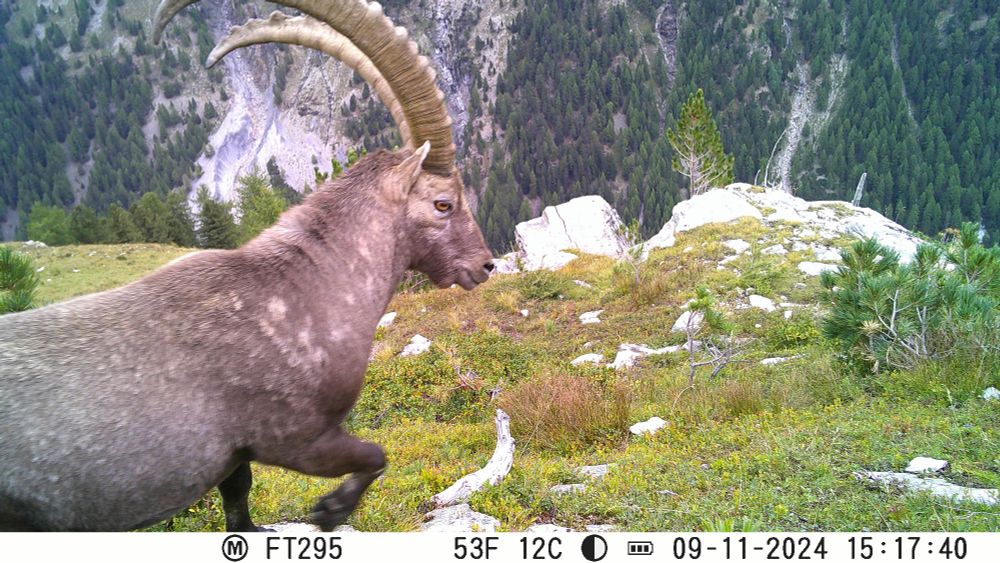
Join us in deploying cameras this Sept-Oct. Help build a crucial snapshot of European biodiversity. Learn more & express interest here ▶️ app.wildlifeinsights.org/initiatives/...
Spread the word and help expand our community across Europe🙏
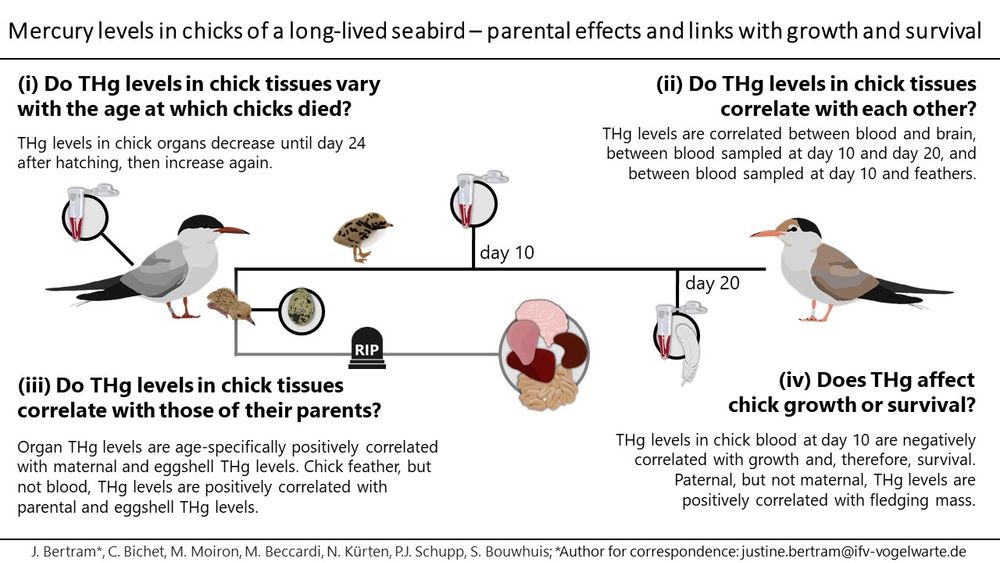
www.int-res.com/abstracts/me...
www.int-res.com/abstracts/me...
